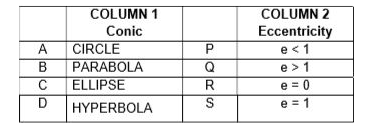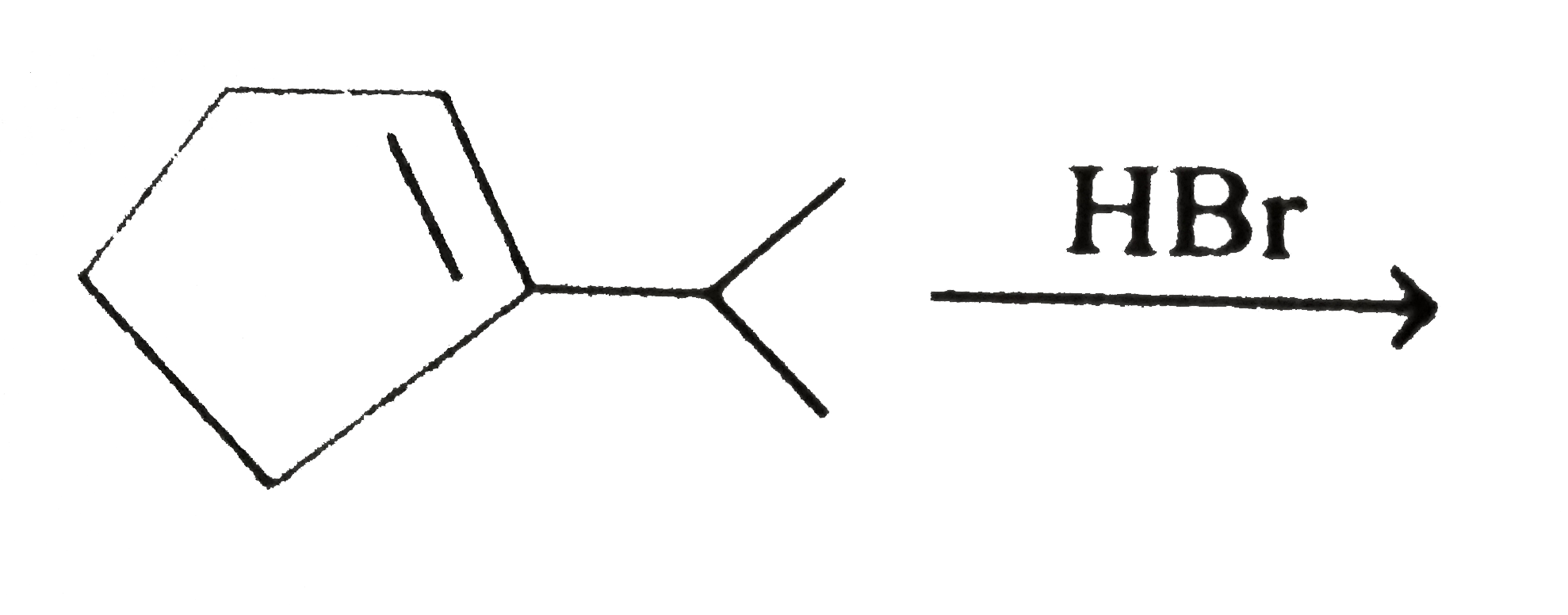In the following which is not glyceride
Fats
Oils
Phospholipids
Soaps
The correct Answer is:D
To determine which option is not a glyceride, we first need to understand what a glyceride is.
1. Definition of Glyceride:
- Glycerides are esters formed from glycerol and fatty acids. They can be classified into mono-, di-, and triglycerides based on the number of fatty acid chains attached to the glycerol molecule.
2. Components of Glycerides:
- Glycerol: A three-carbon alcohol that serves as the backbone for glycerides.
- Fatty Acids: Long hydrocarbon chains that can be saturated or unsaturated.
3. Types of Glycerides:
- Monoglycerides: Contain one fatty acid attached to glycerol.
- Diglycerides: Contain two fatty acids attached to glycerol.
- Triglycerides: Contain three fatty acids attached to glycerol.
4. Identifying Non-Glyceride:
- To identify which option is not a glyceride, we need to look for substances that do not fit the definition of being an ester of glycerol and fatty acids.
- Common examples of glycerides include fats and oils (which are triglycerides) and phospholipids (which may contain glycerol but also have phosphate groups).
5. Examine the Options:
- If one of the options is soap, we note that soap is typically a sodium salt of fatty acids and does not contain glycerol as part of its structure. Therefore, soap is not classified as a glyceride.
6. Conclusion:
- Based on the analysis, the option that is not a glyceride is soap.
Final Answer:
The substance that is not a glyceride is soap.
---
- Glycerides are esters formed from glycerol and fatty acids. They can be classified into mono-, di-, and triglycerides based on the number of fatty acid chains attached to the glycerol molecule.
- Glycerol: A three-carbon alcohol that serves as the backbone for glycerides.
- Fatty Acids: Long hydrocarbon chains that can be saturated or unsaturated.
- Monoglycerides: Contain one fatty acid attached to glycerol.
- Diglycerides: Contain two fatty acids attached to glycerol.
- Triglycerides: Contain three fatty acids attached to glycerol.
- To identify which option is not a glyceride, we need to look for substances that do not fit the definition of being an ester of glycerol and fatty acids.
- Common examples of glycerides include fats and oils (which are triglycerides) and phospholipids (which may contain glycerol but also have phosphate groups).
- If one of the options is soap, we note that soap is typically a sodium salt of fatty acids and does not contain glycerol as part of its structure. Therefore, soap is not classified as a glyceride.
- Based on the analysis, the option that is not a glyceride is soap.
The substance that is not a glyceride is soap.
Topper's Solved these Questions
- BOOK - ERRORLESS CHAPTER - BIOMOLECULES AND POLYMEREXERCISE - Ordinary Thinking (Vitamins, Hormones and nucleic acid )69videos
BIOMOLECULES AND POLYMER
- BOOK - ERRORLESS CHAPTER - BIOMOLECULES AND POLYMEREXERCISE - Ordinary Thinking (Classification on polymers)45videos
BIOMOLECULES AND POLYMER
- BOOK - ERRORLESS CHAPTER - BIOMOLECULES AND POLYMEREXERCISE - Ordinary Thinking (Proteins , amino acids and Enzymes)121videos
BIOMOLECULES AND POLYMER
- BOOK - ERRORLESS CHAPTER - ANALYTICAL CHEMISTRYEXERCISE - JEE Section (Only One Choice Answer)36videos
ANALYTICAL CHEMISTRY
- BOOK - ERRORLESS CHAPTER - CARBOXYLIC ACID AND THEIR DERIVATIVESEXERCISE - Jee Section (Matrix Match type Questions)2videos
CARBOXYLIC ACID AND THEIR DERIVATIVES
Similar Questions
Knowledge Check
- Question 1 - Select One
Which is not a glyceride:
AlipidsBfatsCphopholipidsDdetergent - Question 2 - Select One
A glyceride is
Aan ether formed by glycerolBan ester of glycerol with fatty acidsCa molecular compound of glycerol with a metal saltDnone of these - Question 3 - Select One
which of the following is not ?
AGelatin solBSilver solCSulphur solDAs2S3 sol
Which of the following following is not the unit of energy?
View SolutionWhich of the following following is not equal to watt?
View SolutionWhich of the following following is not a unit of energy?
View SolutionMatch of the following :which one of the following is true?
 View Solution
View SolutionAny compound fonned by the reaction of a water insoluble fatty acid with a metallic radical or with an organic base may be called as soap. Soaps used for cleaning purpose are sodium or potassium salts of long chain fatty acids, e.g., palmitic, lauric, stearic and oleic acids. Soaps arc generally obtained by the hydrolysis of oils and fats with aqueous alkali. This reaction is called saponification
Synthetic detergents are cleansing agents which have all the properties of soaps, but they actually do not contain any soap. A synthetic detergent is the sodium salt of a long chain alkyl hyydrogen sulphate or the sodium salt of a long chain benzene sulphonic acid.
Which one is not a glyceride?View Solution


